Theme Forum: Promoting Quality Improvement and Curriculum Innovation in Preschool Education

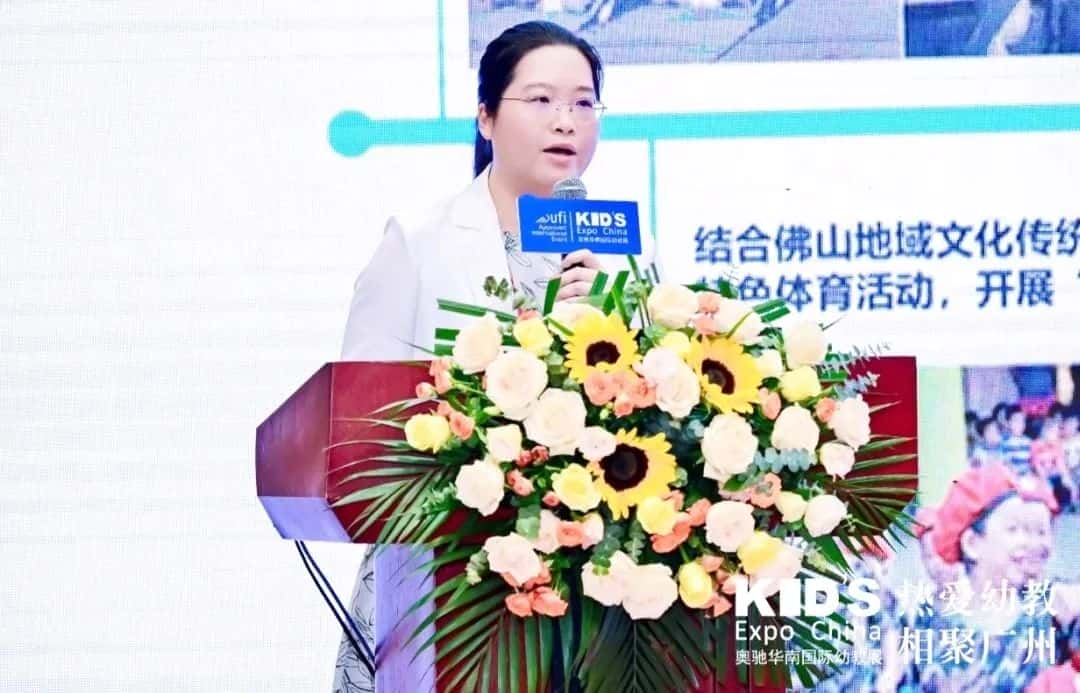

Mrs. WANG Li
· CCP Branch Secretary and Principal of the Directly Affiliated Kindergarten of Panyu District
· Guangzhou Senior Teacher of Kindergarten
· Inspector of Guangzhou Municipal Government
· Host of the Famous Preschool Principal Studio of Panyu District, Guangzhou
The Application of Mosaic Method in Children's Scientific Activities
Mrs. WANG pointed out that the Mosaic Method “integrates children's experiences and views through various tools, such as observation, interviews, photography, and book making”, and used the Science Carnival as an example to demonstrate the application of the Mosaic Method in children's science activities. The case was implemented in three stages: first, using a variety of tools to collect children's and adults' views, then reviewing and discussing the materials with children and practitioners, and finally deciding on the direction of activity adjustments.
The highlights of the mosaic method are integrity, value, innovation and diversity, but there are problems such as lack of scientificity, hierarchy and depth, which need to be studied and analyzed in depth. However, in general, the mosaic method allows children and teachers to meet a better self. It is a teaching method worth using.
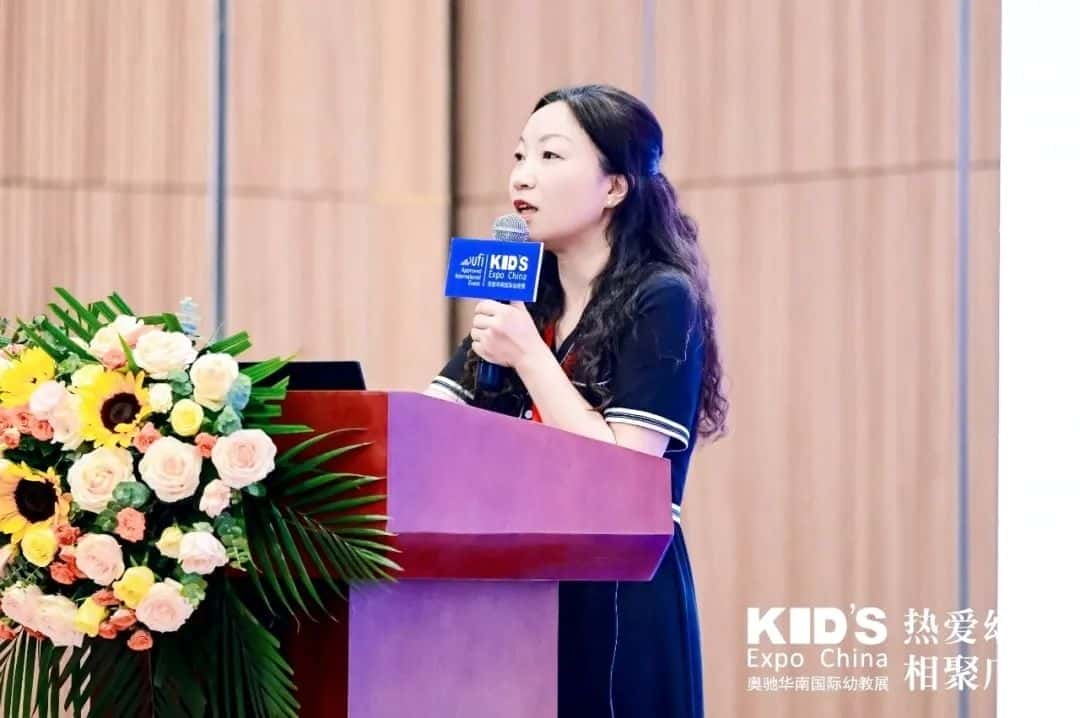
Mrs. CAI Xia
· Director and Subject Researcher in the School of Continuing Education
· Guangzhou Preschool Education College, Director of the Office of Guangzhou Kindergarten Teacher Development Center
· Host of Cai Xia’s Master Teacher Studio
Move, Sing, and Play: A New Paradigm for Kindergarten Structured Music Curriculum that Focuses on Core Music Experience
Mrs. CAI sorted out multiple dimensions of core music experience, including rhythm, melody, timbre, speed, strength, etc., and pointed out the role of these high-quality music games in improving children's excellent comprehensive qualities and characters.
Mrs. CAI shared how to expand the same material (such as nursery rhymes, songs, and music) to multiple media (voice, body percussion, and musical instruments) to help young children acquire key abilities through repetition and in-depth learning. She introduced the four steps in detail: introduction, feeling, learning, and consolidation, and provided specific teaching strategies, such as rhythm introduction, multi-dimensional appreciation, and the combination of holistic and sentence teaching methods, which can enable children to grow repeatedly through games.
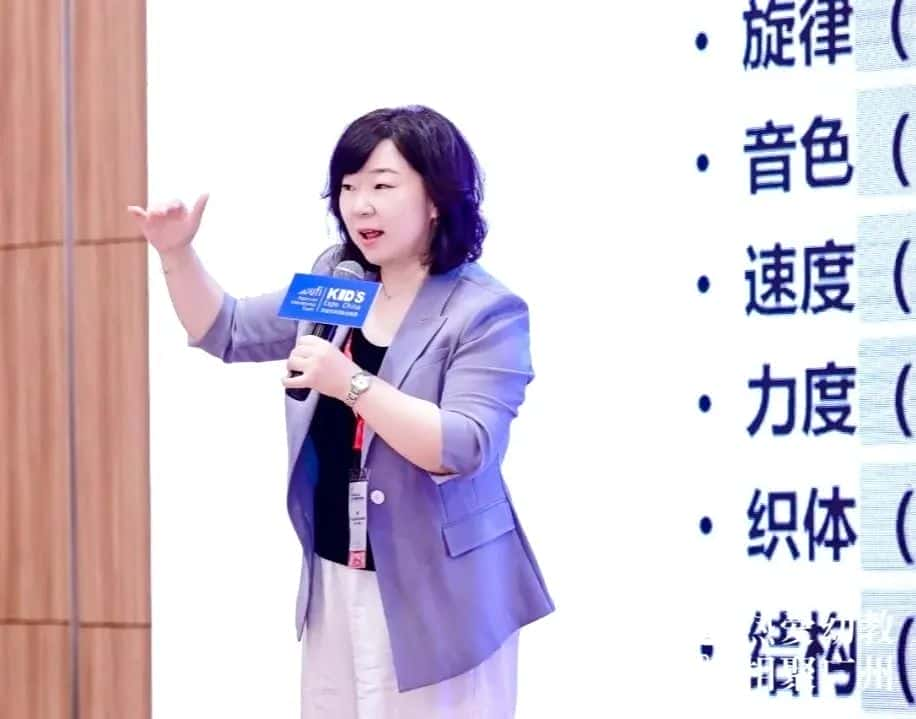
Mrs. LIN Shuyan
· Vice President of Guangdong Yucai Nursery School No. 1
· Host of Guangdong Preschool Teacher Studio
A Time for Growth and A Way to Connect: "Four-Party Collaboration" to Jointly Teach and Research to Empower the Scientific Transition of Preschool and Primary School
Vice President LIN elaborated on the role of building a joint teaching and research community between kindergarten and primary school, as well as specific practical methods for the transition between kindergarten and primary school. Kindergarten teachers and primary school teachers may have perspective deviations, so the scientific transition between kindergarten and primary school requires two-way integration and two-way running of both parties.
In practice, we implement the "in-depth" teaching and research model, that is, focusing on one problem, promoting multiple researches on one lesson (kindergarten teachers and primary school teachers discuss the content of one lesson) and immersion for half a day (letting children go to primary school for immersive experience). Taking mathematics as an example, we introduce in detail the teaching and research cases of kindergartens and primary schools. Teaching mathematics in kindergartens can guide children to learn mathematics in life, such as drinking half a cup of water, things that can be done in ten minutes between classes, and cooperative thinking games.

Mrs. TAN Luxin
· CCP Branch Secretary and Director of Zhanjiang No. 3 Kindergarten
· Host of Guangdong Preschool Famous Director Studio, Guangdong Outstanding Kindergarten Teacher
The Construction and Implementation of Kindergarten-Based Training Under the Concept of "Leaving Blank Space"
Mrs. TAN mentioned that the construction and implementation of garden-based training under the concept of leaving blank space had three dimensions - team building, project leadership and joint research and progress. Joint research and progress referred to methods such as collaboration with colleges and universities and external observation and study.
She pointed out that the main contents of kindergarten-based teaching and research include research on real problems, teaching strategies, teacher growth and child development. There are three common forms of activities: one is experience-based, including role-playing, operating materials and games; the second is communication-based, including world café, on-site seminars and group discussions; the third is research and training-based, including research and training around special topics, cases and research & training workshops.
Mrs. TAN believed that the new model of teacher development is cubic in shape. As the kindergarten continues to develop in different dimensions, each teacher will have enough space to grow, break through and achieve three-dimensional growth.

Mrs. WANG Hui
· CCP Branch Secretary and Director of Guangzhou Development Zone No. 2 Kindergarten,
· Guangzhou's First Batch of Outstanding Kindergarten Directors
· Director of Guangzhou Education Society's Audio Research Branch
Intangible Cultural Heritage is Passed Down via Generations, and Drama Nourishes Children's Hearts--Intangible Cultural Heritage is Integrated into Kindergarten Drama Education
Mr.s WANG shared that through the integration of "intangible cultural heritage + drama", children can get in touch with the context of intangible cultural heritage on the stage of drama and feel the charm of traditional culture.
The integration of intangible cultural heritage and drama should follow the principles of localization, life-oriented, operability and suitability (in line with the age development of young children), and be implemented through brainstorming to select intangible cultural heritage projects, field integration to build themes, in-depth exploration of projects, and diversified experience to help implementation. This practice has the innovation of systematic construction, cultural inheritance and mobile teaching, and provides a reference example for the implementation of intangible cultural heritage in early childhood education.
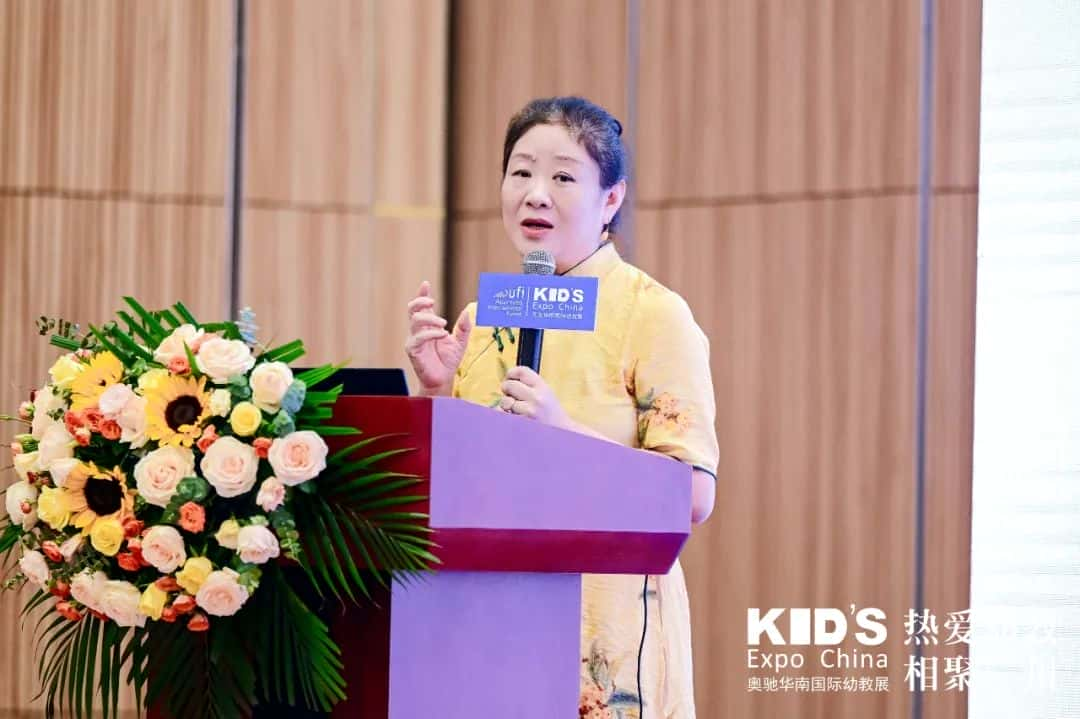
Mrs. HUANG Huiru
· Director and CCP Branch Secretary of the Second Kindergarten of Shunde District Government Offices in Foshan
· Foshan Education and Care Quality Assessor
· Foshan Preschool Education Association Lecturer
Construction and Practice of Aesthetic Education Courses Based on Local Resources
Mrs. HUANG pointed out that building an aesthetic education curriculum based on the "Preschool Education Law" and relying on local resources is of great significance to improving children's aesthetic literacy and inheriting culture.
In the process of practice, the kindergarten has built a "home-garden-community" collaborative education ecology, established a parent resource library, and carried out "going out" and "inviting in" activities to integrate community resources into education. At the same time, local resources are integrated into the creation of the environment, such as planting Southern China plants, creating open learning areas, and innovating local games. In-depth research is also carried out with Qinghui Garden as the theme. Through field visits and parent-child activities, children's artistic expression and cultural identity are enhanced, and finally a "wisdom and beauty" curriculum system with local characteristics is formed.

The implementation of the "Preschool Education Law of the People's Republic of China" marks that our country's preschool education has fully entered a new stage of legalization, universalization and high-quality development.
Through sharing, we have seen educational innovations guided by policies, whether it is the curriculum integration of "technology + intangible cultural heritage", the construction of garden-based training under the "blank space concept", or the cultural inheritance of "intangible cultural heritage drama" and "local aesthetic education", all of which demonstrate the professional wisdom and sense of responsibility among preschool education practitioners.

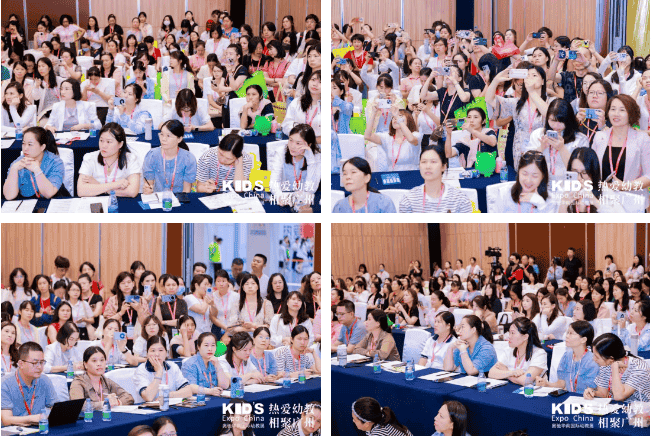
Kids Expo China 2025 will be held concurrently with the forum, bringing together more than 300 childcare and early childhood education brands, including kindergarten courses, artificial intelligence, early childhood programming, educational toys, amusement facilities, childcare and services, garden clothing and home textiles, decoration and environmental creation, etc., The exhibition covers the childcare industry chain, demonstrating innovative achievements driven by the rule of law, and satisfying the purchasing needs of professional buyers.
Kind reminder: The exhibition will close at 15:00 on June 15th. Friends who want to visit should remember to leave early and don’t miss the time!
This event will be held on Hall 5 and Hall 6 on the 3rd floor, Poly World Trade Expo, Pazhou, Guangzhou. We sincerely invite all early childhood education colleagues to come and join us in this grand event!
